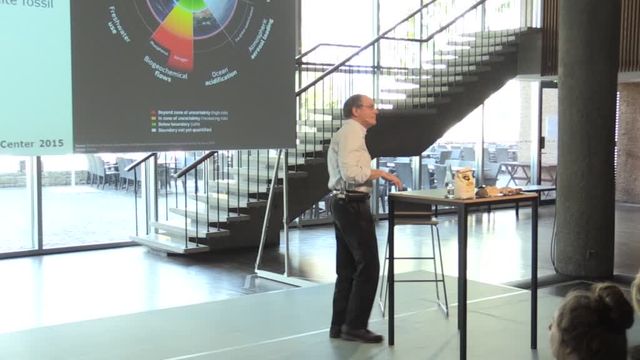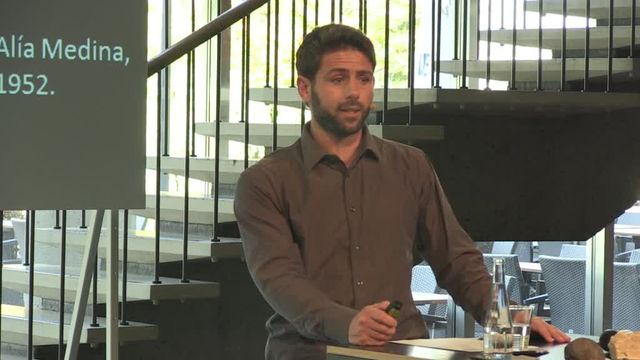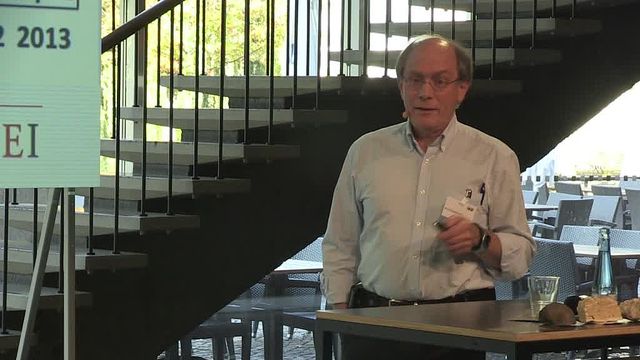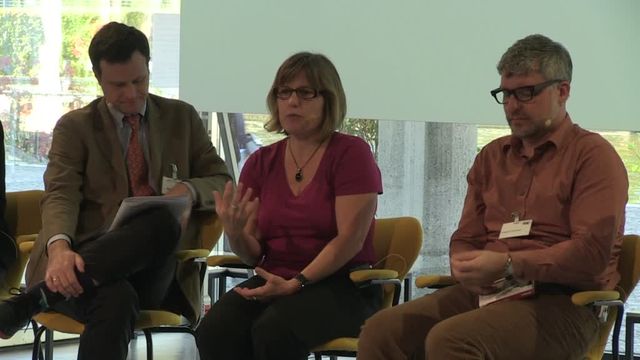Investigation
Phosphorus: An Apparatus of the Technosphere
The Technosphere, Now

With Lino Camprubí, Zachary Caple, Gregory T. Cushman, Heather Davis, Scott Knowles, Arno Rosemarin, Katrina Schwartz, and Frank Uekötter
What happens when technology rivals nature in shaping the Earth? Starting with The Technosphere, Now, a four-year project investigates how social, environmental, and technological forces intertwine in the Anthropocene to form a technosphere.
Within the technosphere, earth becomes energy, people become populations and space becomes sphere. But how to make visible this network of flows coursing through our bodies? This investigation explores these dynamics in terms of “the phosphorus apparatus,” an interlinked technological, political, and ecological system that transfigures raw phosphate rock into an essential agricultural resource. The operations of the phosphorus apparatus underpin modern food systems and human population growth, breeds catastrophic changes in global waterscapes, and link remote rural farmers with global biopolitical powers. Experts convened by Zachary Caple (cultural anthropology), Heather Davis (arts and humanities), and Scott Knowles (political history) will stage these processes in their scientific specificity, artistic singularity, cultural meaning, and environmental impact.
Opening: Zachary Caple and Arno Rosemarin
Phosphorus is an element for visualizing the global reach of the technosphere in nature, culture, and engineering. Phosphorus is essential to all life: it is found in bone, DNA, RNA, and the energy transfer molecule ATP. It is also a critical ingredient of chemical fertilizers. Human and agricultural life depends on its industrial circulation. This panel investigates the network of technical, earthly, and cultural mediations that accelerate the phosphorus cycle and fertilize the world.
ACT I: Source: Histories and Futures of Phosphate Mining
Is the future of the technosphere in phosphate rock rather than silicon? In this presentation historians Gregory Cushman, Lino Camprubí, and Scott Knowles trace the history of phosphorus through the lens of phosphate mining and its geopolitics. How do corporations and states work together to transform the lithosphere into agricultural wealth? How does phosphate mining expose the seams of empire?
ACT II: Bonds: Fertilizing the Plantationocene
Move over Anthropocene, here comes Plantationocene. The plantation is the critical technology for transforming the lithosphere into human bodies. Mined phosphorus feeds crops that, in turn, feed humans and their livestock. What kind of feeding machine is the plantation? Using Hunter S. Thompson’s Fear and Loathing in Las Vegas as a template, environmental historian Frank Uekötter examines farmers’ addiction to fertilizer.
Visual statement: Anna Tsing
ACT III: Sink: Eutrophication and Human Waste
The Plantationocene has consequences. Agricultural fertility seeps into the hydrosphere and impairs aquatic ecosystems. Phosphorus pollution from sugar cane plantations is transforming the Everglades. Social scientist Katrina Schwartz examines the technopolitics and ecological shifts animated by phosphorus in this irreplaceable ecosystem. Heather Davis interviews.
The industrialization of the phosphorus cycle forces another question: are humans the ultimate plantation crop? Sustainability scientist Arno Rosemarin examines the final leg in the phosphorus journey: human bodies and their excrement. How might humans reconfigure the technosphere to close the phosphorus loop? The global crises of eutrophication and phosphate rock scarcity compel us to rethink the valuable resource we flush on a daily basis.
ACT IV: Phosphorus Technosphere: An Apparatus Assembled
How do the elements of the phosphorus apparatus build into a technospheric force? Contributors come together to appraise the machine they’ve assembled and contemplate if and how it should be dismantled. Zachary Caple moderates.




